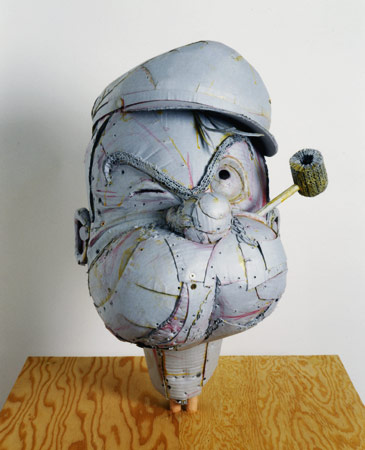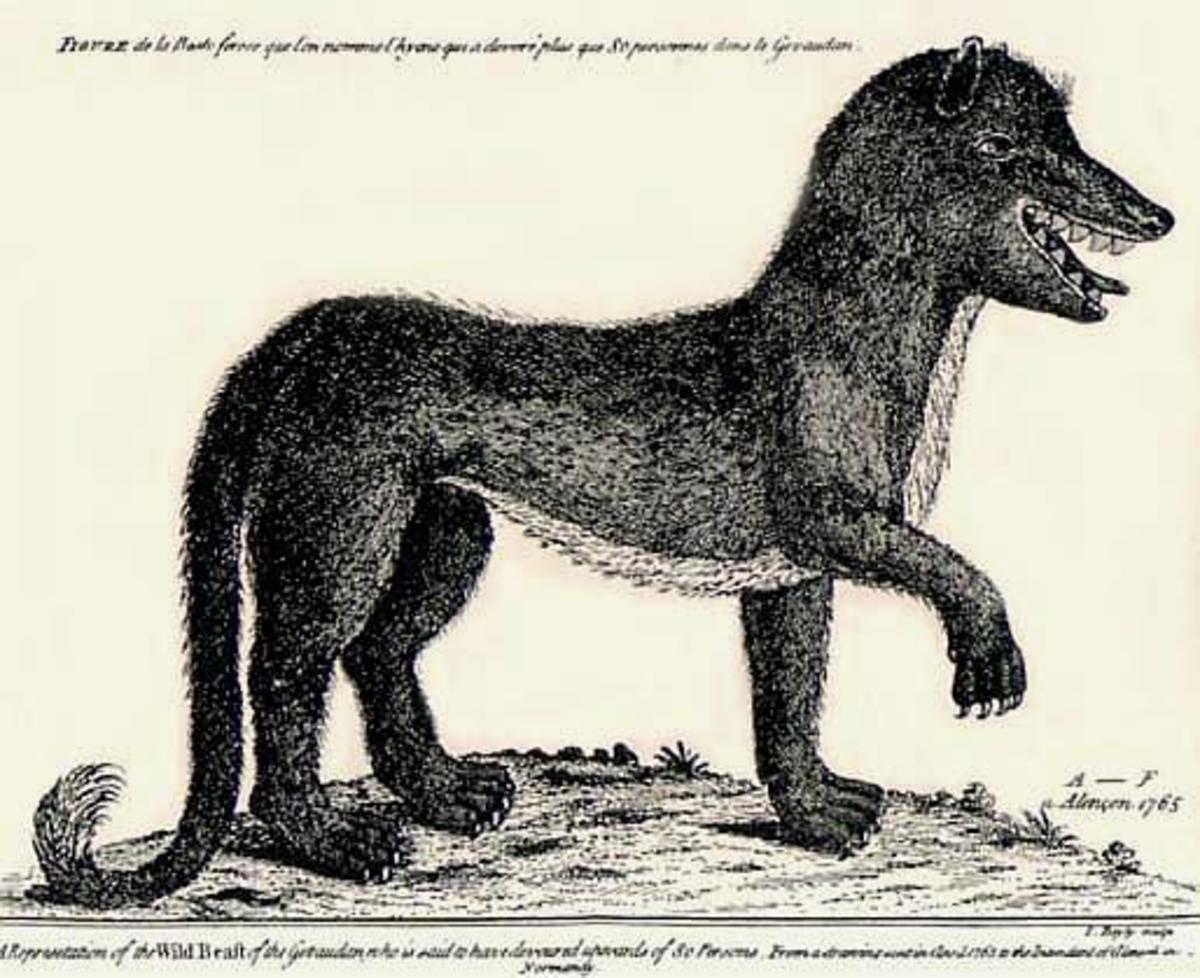Scott Fife by Ruthie Iglesias




Sculptor Scott Fife has been searching for ways to take apart the complex notion of identity for much of his career. Fife’s images utilize famous icons to approach human identity, featuring the likenesses of Elvis, Johnny Cash, Popeye the Sailor, Fidel Castro, and other well-known characters. Each of Fife’s portrayals was of a person in a position of power, whether it be a musician, political leader, or a possessive cartoon husband.
Fame and power may tend to go hand in hand, especially in contemporary American culture but this trope can become trite in the arts. Selecting almost entirely male celebrities (except it seems, for Bridget Bardot and Frida Kahlo), Fife continues to focus on the cliché of the power of masculine celebrities. Even then Bridget and Frida have their own versions of masculinity at work; Bardot’s mass sex appeal and Kahlo’s fiery relationships place them both under the male gaze. In these portrayals, we continue to view fame and identity as outsider and from a distinctly human gendered, and extreme perspective.
Amidst this body of work, a shift took place. In 2007 Fife based one of his large cardboard heads on an animal rather than human character. Consisting of a facial expression somewhere between a defensive sneer and possibly having to sneeze, Wer Wulf exists in two worlds. Like Fife’s other portraits, the disembodied wolf head perches on wooden clamps with drywall screws holding the cardboard pieces in place; there is an honesty about its modest construction. The human craftsmanship of this piece creates parallels between human and animal. At times these relationships seem harmonious- tucked carefully inside the wolf’s ear, we find a small human ear. This delicate gesture aligns humanity as one with nature. At the same time, we are unsure whether to trust this wolf because of its size and ambiguous facial expression; we find ourselves confronting the complex power of nature.
Wer Wulf was Fife’s first successful nonhuman portrayal of human identity, perhaps due to the fact that every human Fife had used thus far was a larger-than-life caricature of humanity. Fife’s hyperbole just obfuscates our already varied understanding of the characters’ identities. In selecting the wolf/werewolf Fife calls up many tales of folklore, each of which depicts different personality traits that can be found in humans. These stories functioned as tools for families to help children understand moral codes within society.
Most of us are familiar with the biblical wolf parable, “Beware of false prophets, which come to you in sheep’s clothing, but inwardly they are ravening wolves.” Biblical references of the wolf tend to be negative, evil, and symbolic of deceit. Alternately in Native American lore, the wolf’s recurring innocence is often illustrated by a rabbit, raccoon, or fox tricking the wolf into doing silly things. The title of Fife’s piece references the most direct wolf-human connection in story traditions: that of the werewolf- a man who turns into a wolf during a full moon. The werewolf icon acts out of uncontrollable instinct; something that some of Fife’s famous men might have blamed their actions upon.
When presented with ethical dilemmas in stories aimed at children, the viewer tends to approach the wolf/werewolf more decisively. Folklore is often a battle of right and wrong; showing a world in opposites. In this way, we can unpack the wolf’s identity using one of the traits we might have heard about in childhood. We approach the wolf with characteristics in mind from our individual experiences that lead to our read of the creature's personality. Ultimately, we never know whose read is "correct", in the same way that we can never know another person's "true" identity. Fife’s animal heads allow us to explore human personality and identity in less absolute "correctness" in than his previous works.







